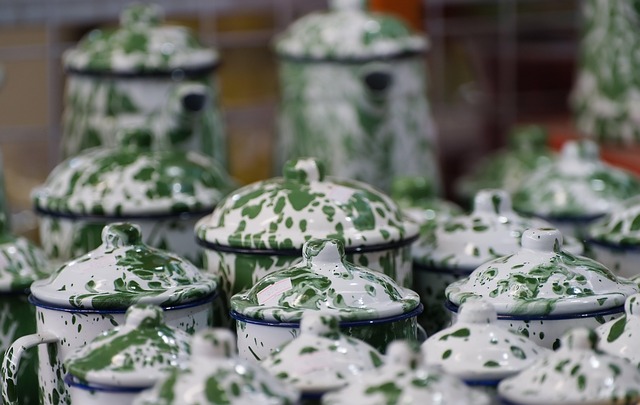The Ultimate Guide to Enamel Paint: Tips and Techniques for Your Painting Projects
When it comes to transforming ordinary surfaces into stunning works of art, enamel paint is a trusted ally for both amateur hobbyists and professional painters alike. Its rich finish, durability, and versatility make it a top choice in the painting world—whether you’re refreshing furniture, decorating metal fixtures, or adding that glossy touch to your DIY crafts.
What Makes Enamel Paint So Special?
Enamel paint is prized for its hard, glossy finish that can withstand the wear and tear of daily life. It dries to a smooth, glass-like coating that resists scratches, moisture, and fading. This makes it particularly ideal for surfaces that need to stay vibrant and durable, such as outdoor furniture, cabinetry, or even automotive parts.
Choosing the Right Enamel Paint for Your Project
Enamel paint comes in various formulations—oil-based and water-based—each with its own set of advantages. Oil-based enamels tend to provide a smoother finish and longer drying times, which can be beneficial for intricate brushwork but require good ventilation due to stronger fumes. Water-based enamels dry faster, emit fewer odors, and are easier to clean up, making them perfect for indoor projects and beginners.
Preparing Your Surface for a Flawless Finish
The key to a successful enamel painting project lies in preparation. Begin by thoroughly cleaning the surface to remove dust, grease, or old paint. Sand down any rough or uneven spots to ensure the enamel adheres properly. For metals, a primer may be necessary to create a robust bond and prevent corrosion. Investing time in preparation will reward you with a finish that lasts.
Techniques to Master When Painting with Enamel
- Use Quality Brushes or Rollers: Smooth bristle brushes or foam rollers work best to achieve that glassy finish without leaving brush marks.
- Thin Your Paint if Needed: Consult the manufacturer’s instructions; thinning the paint can help in smoother application and prevent drips.
- Apply Thin, Even Coats: Multiple light coats are better than one heavy layer. Allow adequate drying time between coats to avoid bubbling or cracking.
- Maintain Proper Ventilation: Particularly for oil-based enamels, good airflow is essential for safety and drying.
Caring for Surfaces Painted with Enamel Paint
Once your project is complete and the enamel paint has fully cured, caring for your newly painted surfaces is straightforward. Clean with gentle soap and water to preserve the glossy finish. Avoid abrasive cleaners or excessive scrubbing to maintain the pristine look.
Embracing enamel paint in your painting endeavors opens up a world of possibilities—from revitalizing household items to crafting durable, eye-catching designs. With the right tips and techniques, you too can achieve professional-level results that stand the test of time.
